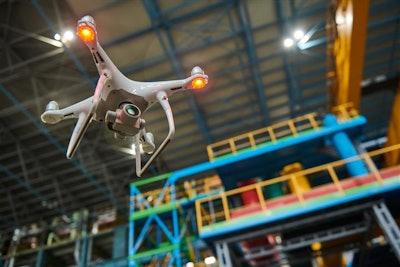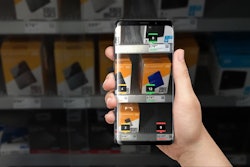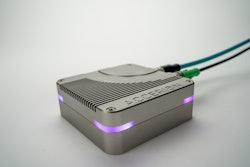
The new IDTechEx report, “Optics and Displays in AR, VR, and MR 2020-2030: Technologies, Players and Markets”, covers the complete range of optics and display technologies which are used in spatial reality products. By 2030, IDTechEx predicts the augmented, virtual and mixed reality optics and display markets to total to over $28Bn. With COVID limiting physical interaction, virtual communication and interaction will be the normal for many years to come. Although seen as futuristic by some, augmented, virtual and mixed reality devices have shown they have an important part to play in many different industries. They are truly the technology of the future, today.
Through deep analysis of both key players and technologies, IDTechEx’s most recent report on Augmented and Virtual Reality in Optics and Displays can provide you with the trends this market will face in the coming decade. This article distills the key aspects of the report.
What Is the AR/MR and VR Optics Market?
- Optics deliver the image from a display to the human eye
- Displays create the image
Why Do Optics and Displays Matter?
Recently the versatility of mixed and augmented reality products has come to the forefront of the news, with an Imperial led project at the Imperial College Healthcare NHS Trust. Doctors have been wearing the Microsoft Hololens headsets whilst working on the front lines of the COVID pandemic, to aid them in their care for their patients.
The use case for this project allows other clinicians to sit in another room, and by using Microsoft Teams, see a live video feed of the doctor who is treating the COVID-19 patients. This is utilizing the remote assistance aspects which have been previously used by Hololens users for manufacturing, maintenance, and other similar applications. By using the devices, staff reduced the amount of time they must spend in a high-risk area by 83%. Not only this, they are using less PPE, as fewer clinicians are in the room during patient care.
COVID has put the spotlight on this hands-free, interactive technology, and it is unlikely that this focus will move for some time. There will be a need for this technology in many new use cases, which previously did not require hands-free, or remote capabilities.


















